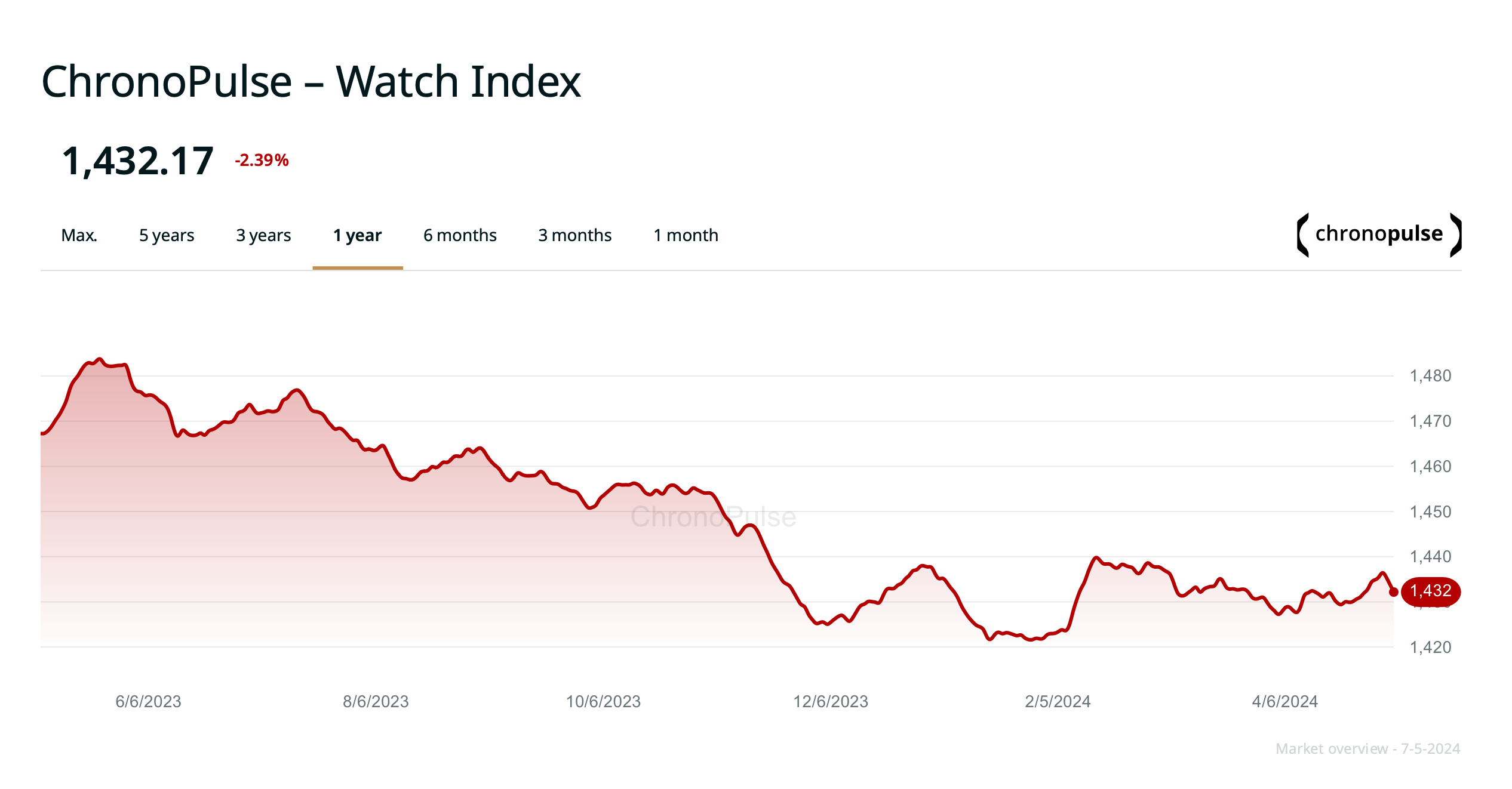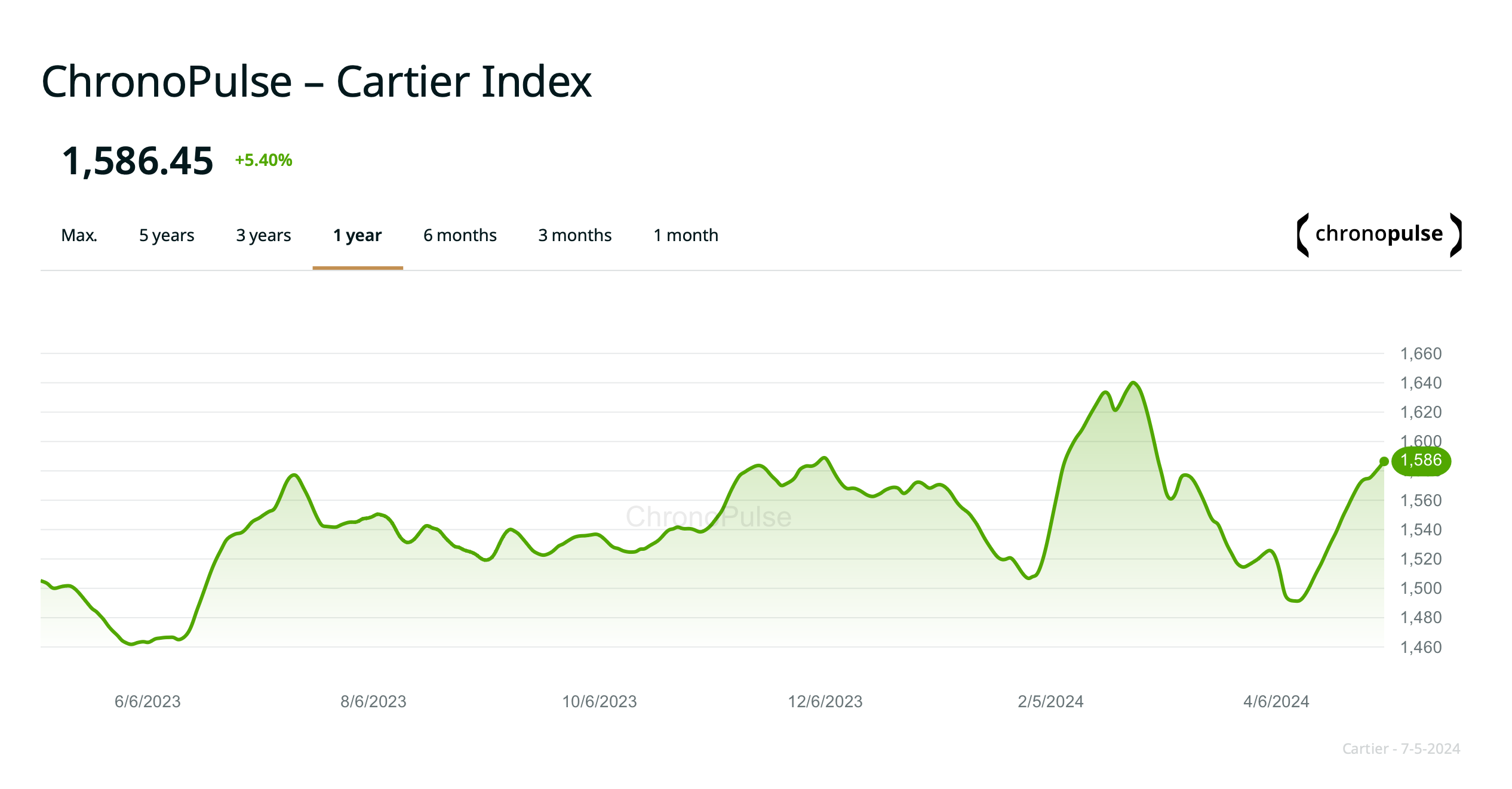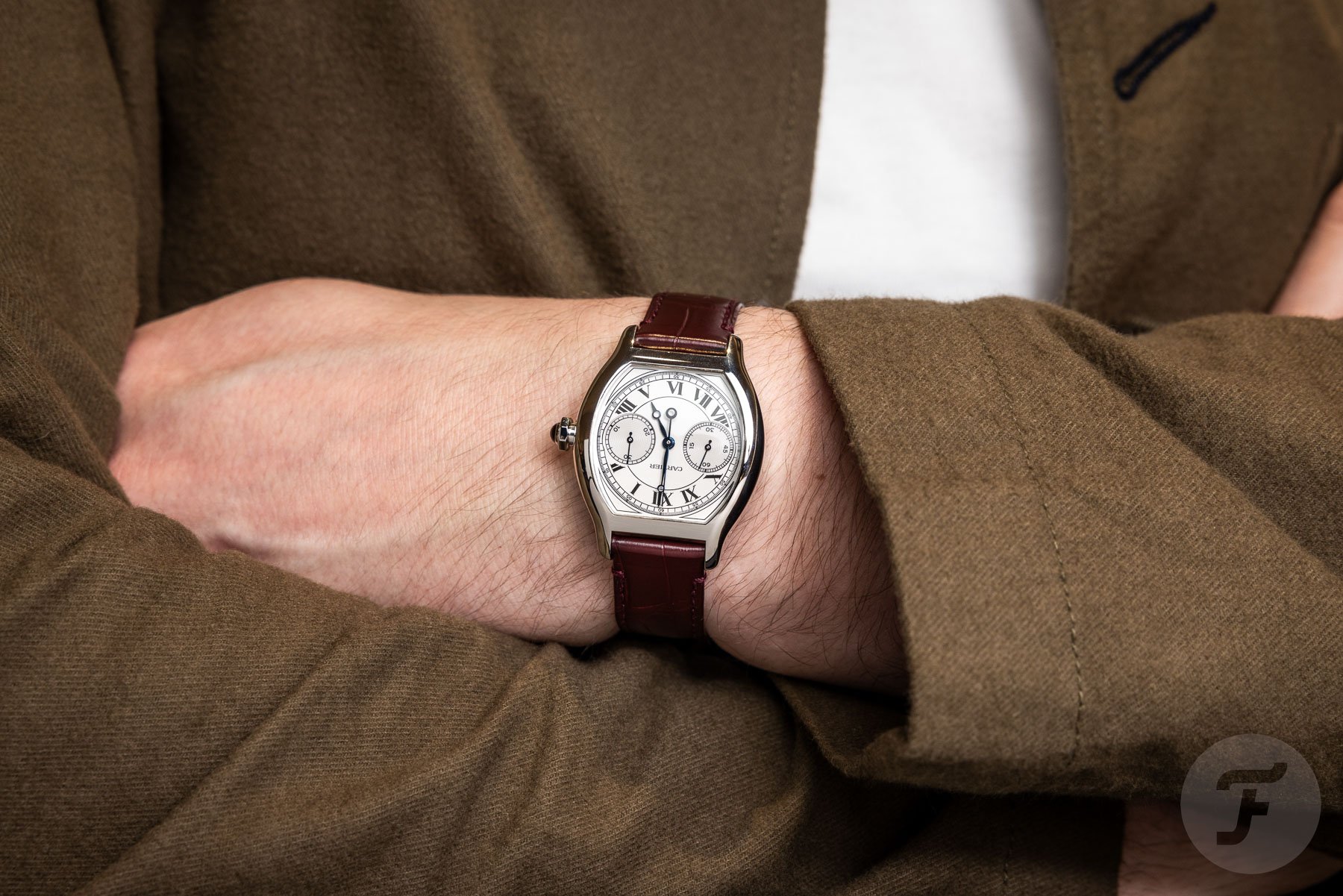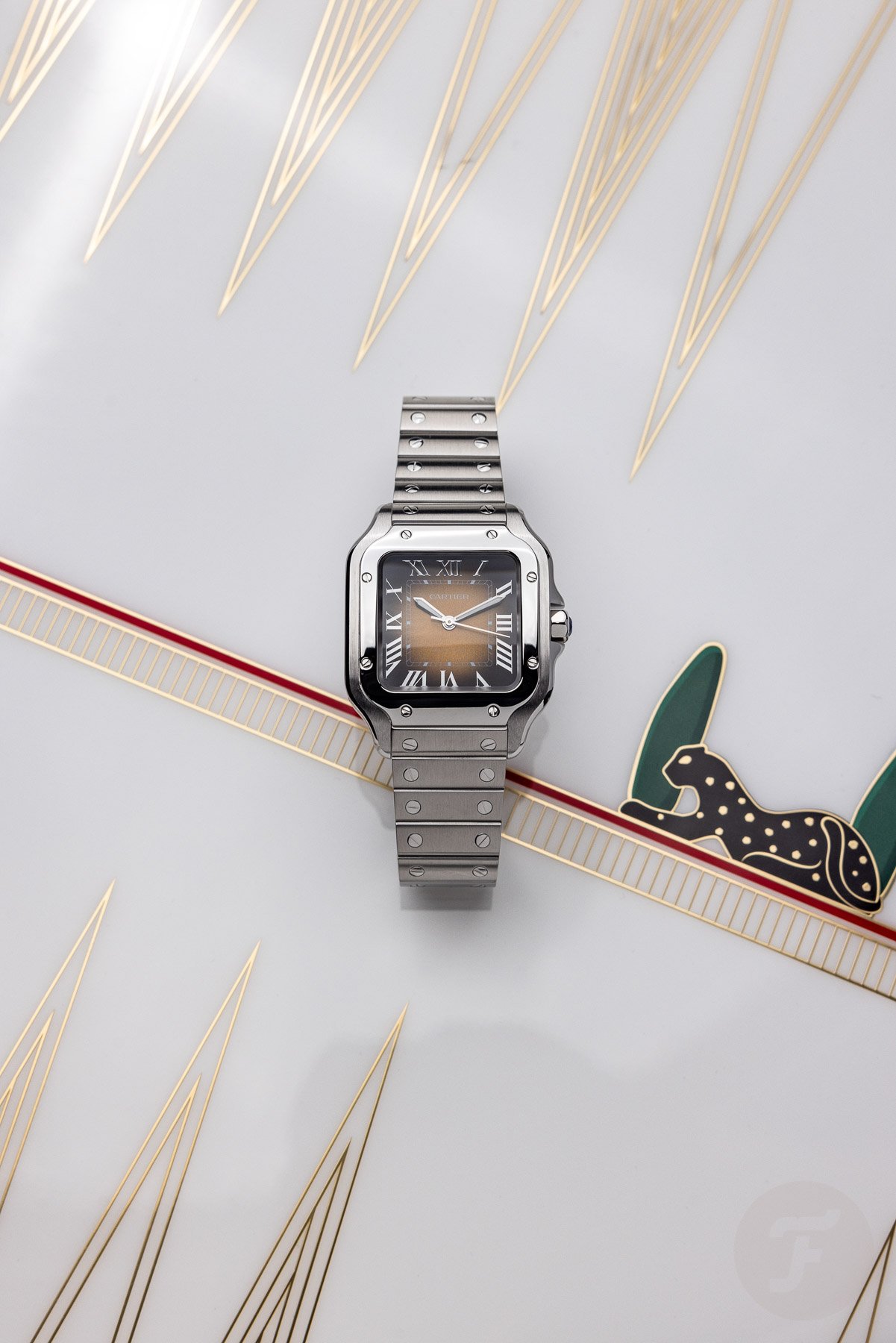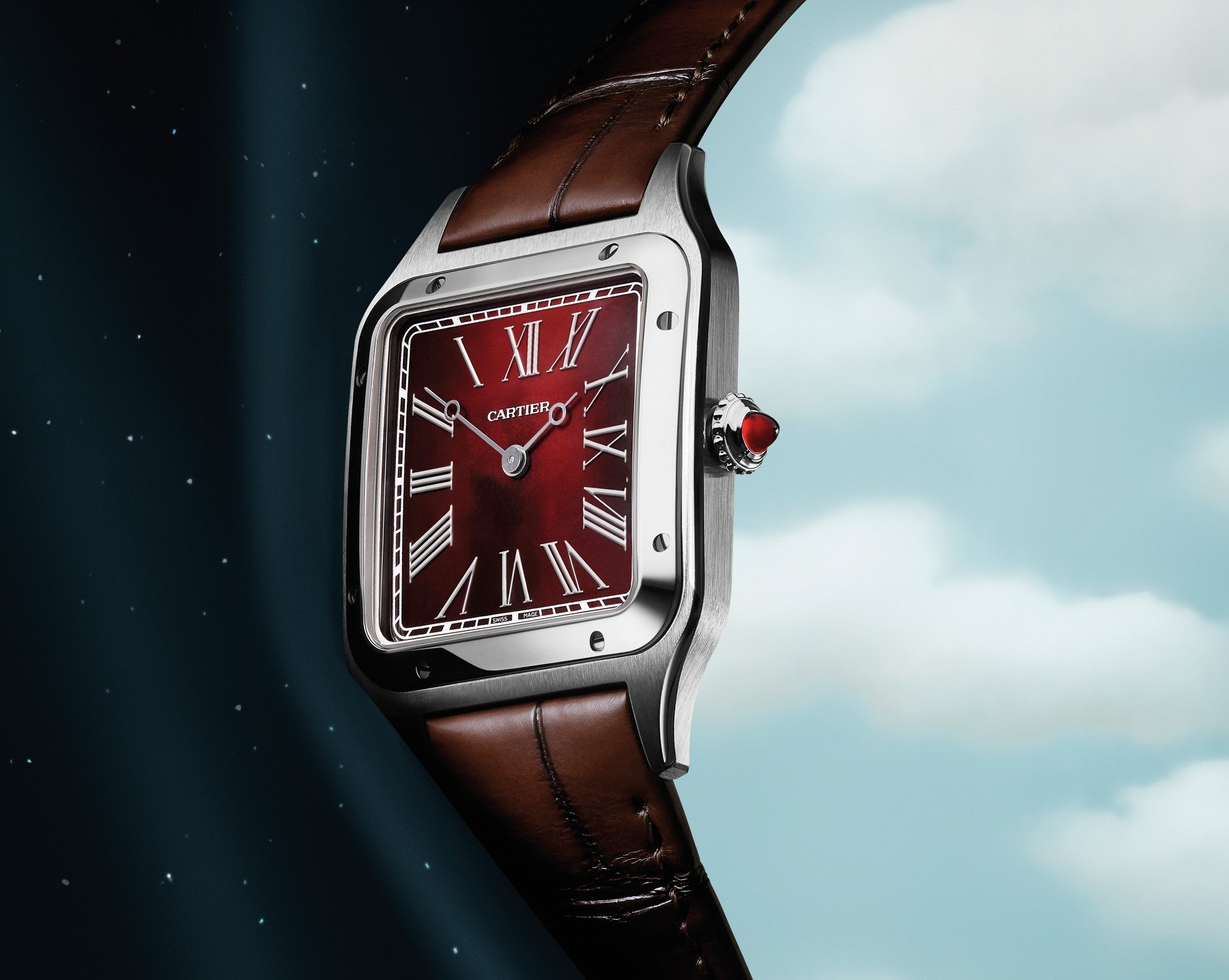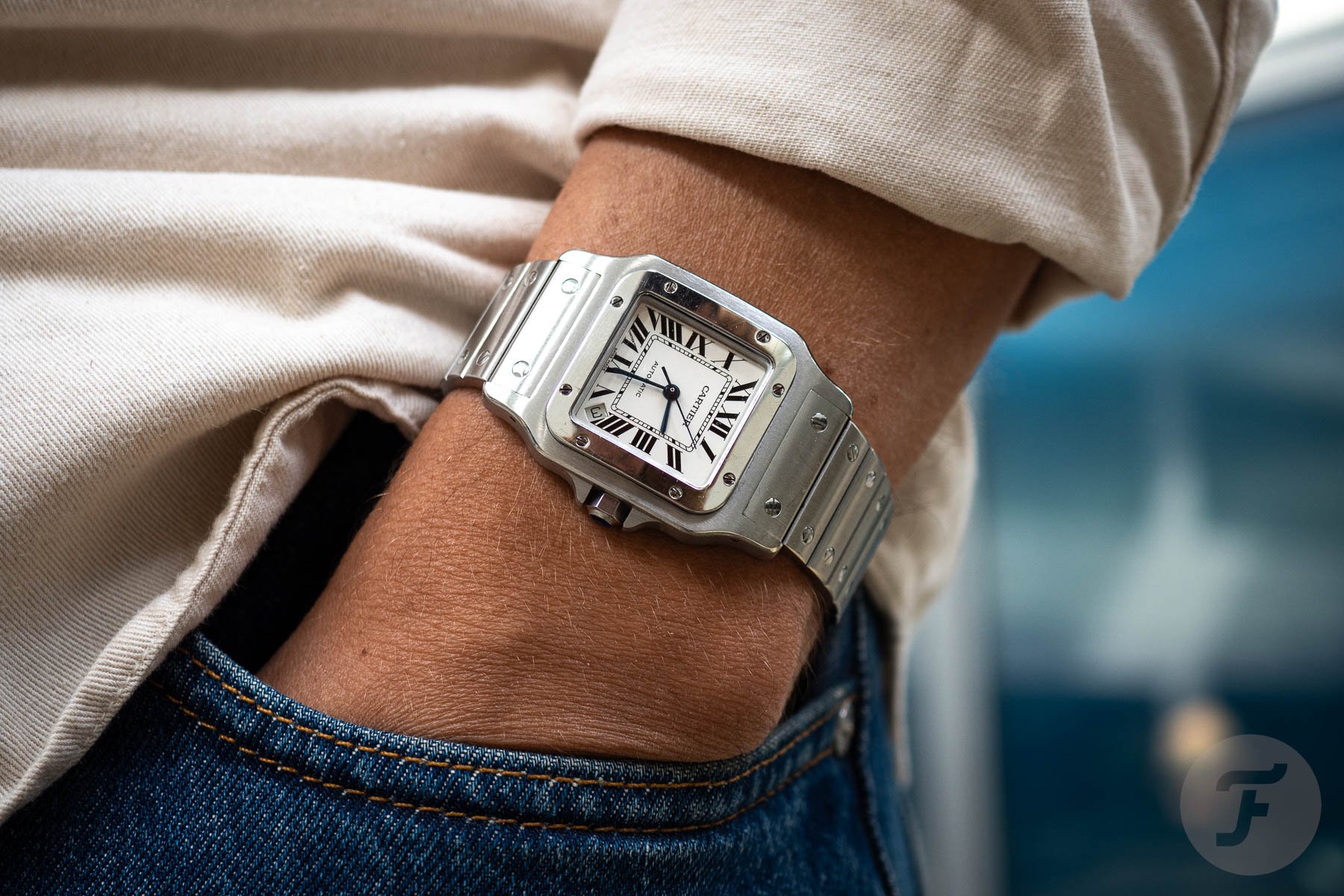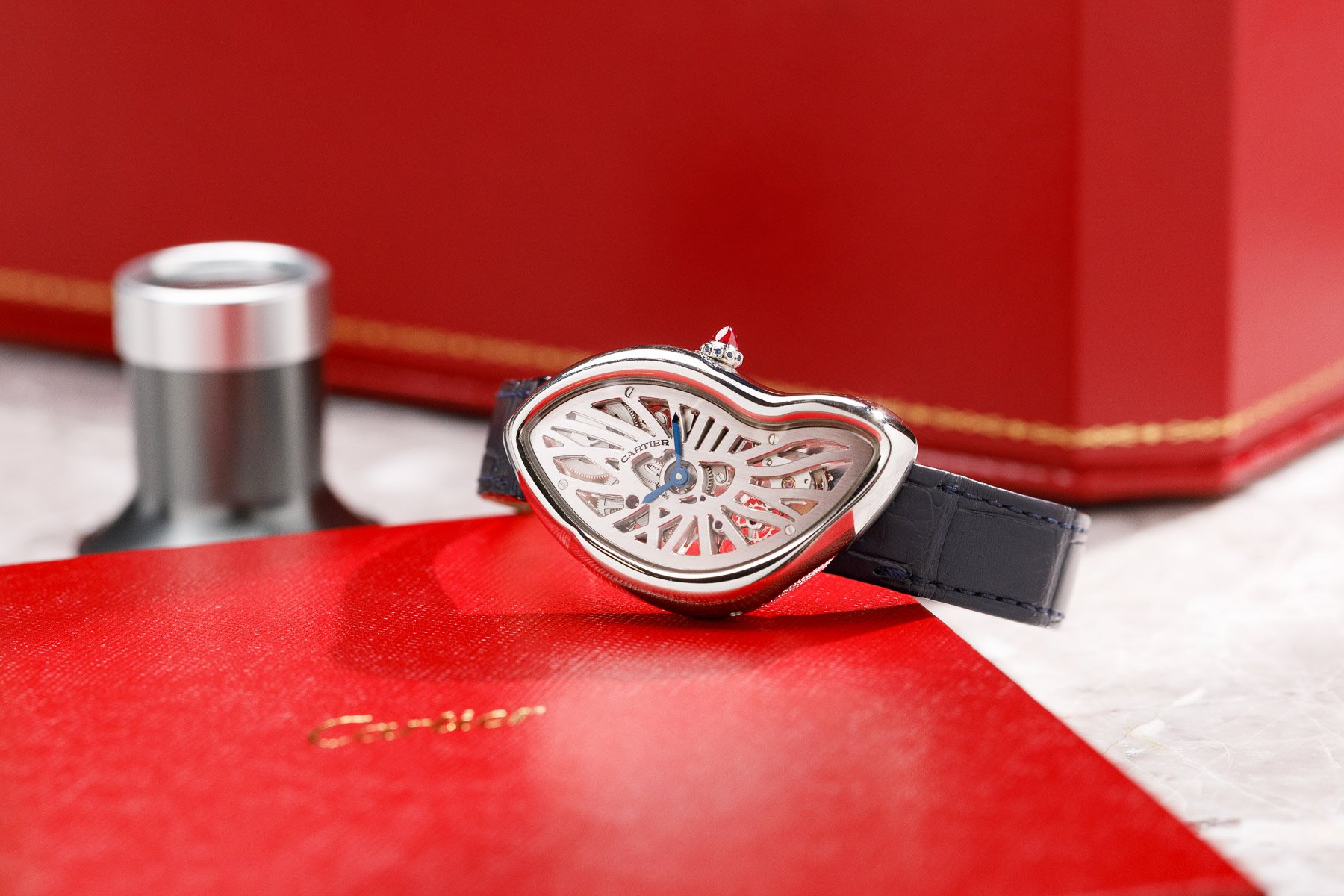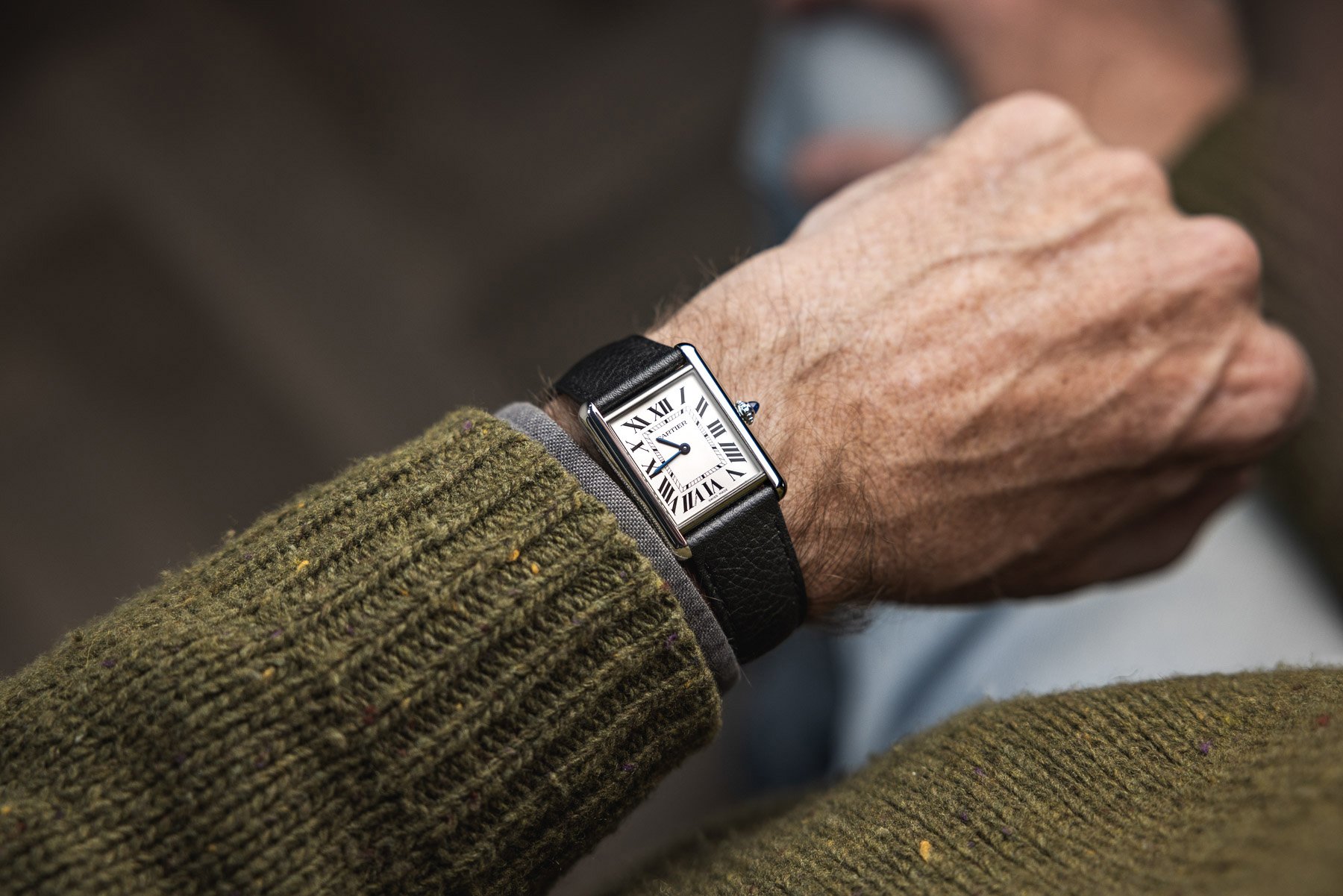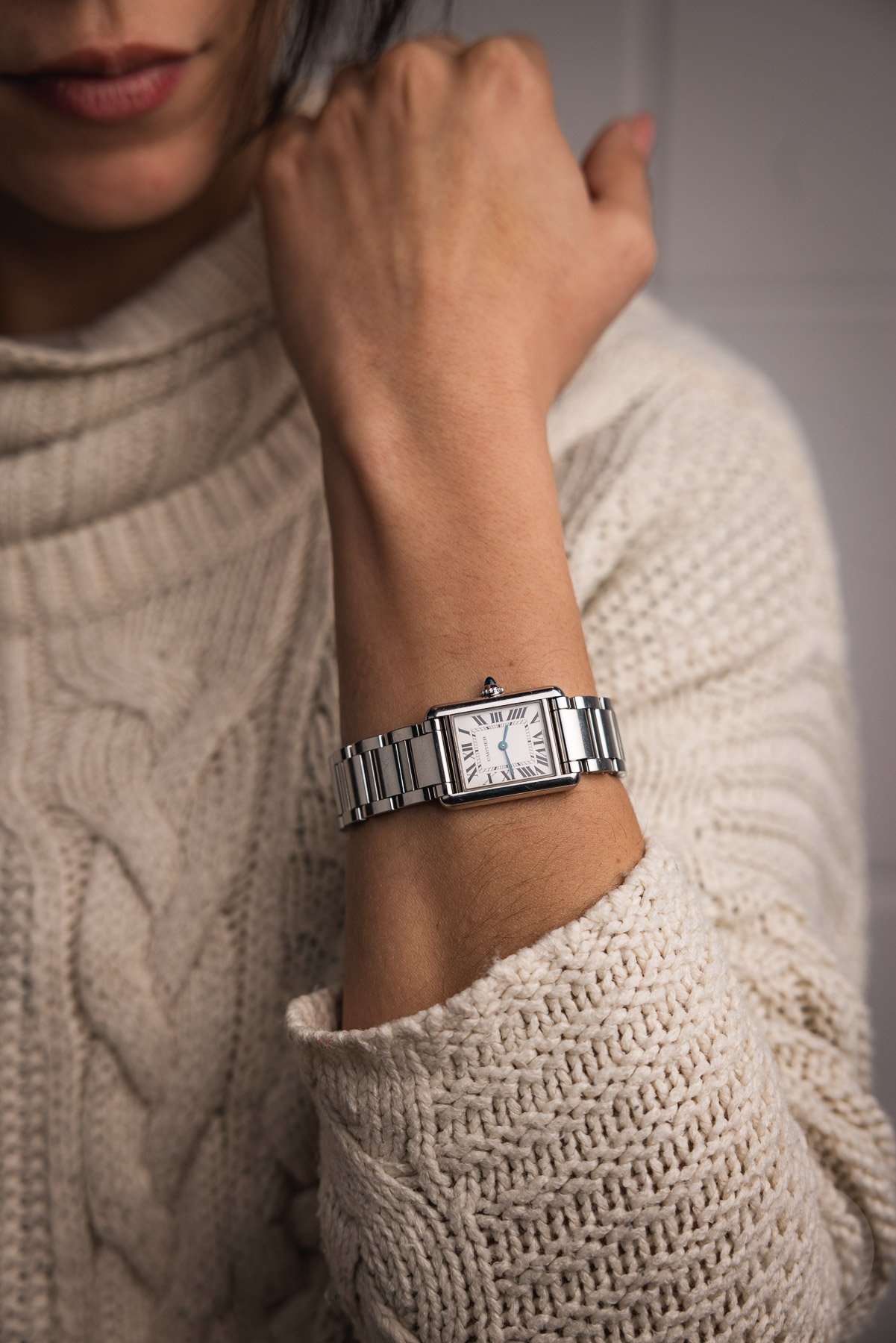Is Cartier Showing How It’s Done? — Why The Brand Wins While Others Struggle
We have heard quite a few complaints from brands about the watch market recently. Many are struggling from economic uncertainty and a serious correction after lockdown-induced all-time highs. One brand, however, seems to be on a bit of a winning streak. According to Morgan Stanley, Cartier overtook Omega as the second-largest Swiss watchmaker behind Rolex in 2020 and has managed to hold on to that position since. Even as recently as Q4 2023, Cartier’s owner Richemont reported growth in China, compensating for a modest decline in European sales.
We even see it on Fratello. While Cartier articles never performed very well on the site before, they do now. It seems you, the Fratelli, are more interested in the French brand than ever before.
And then there is the pre-owned market. Most pre-owned watches lost value over the past 12 months. Not Cartier, according to Chronopulse data. The 140 most popular pre-owned watches lost, on average, 2.39%, while the most popular Cartier models gained 5.4%. The secondary market is often a better indicator of the performance of a brand as it isn’t tainted by sell-in versus sell-out murkiness of new-watch sales data. So, how is Cartier winning in a market in turmoil?
Cartier is an outlier brand in the watch industry
Cartier is, at heart, a jewelry brand. I do not say this in any derogatory way as a watch aficionado. I know watch enthusiasts tend to sometimes look down their noses at jewelry and fashion brands, but this isn’t warranted here. Cartier has all the street cred one could require as a serious watchmaker. The house has shaped the wristwatch as we know it in ways most watch-only brands wouldn’t dare dream of. And there is plenty of technical horological prowess on board to rival the most prestigious watch-only companies out there.
The difference is in the company’s overall philosophy and approach. Consider, for instance, that you can have a Cartier watch tailor-made to your specific vision. This is much more in line with the modus operandi of traditional jewelers than that of watch brands. Granted, the metiers d’art of certain watch-only brands will do the same, but it isn’t standard practice for watch companies.
More characteristic is Cartier’s marketing approach. Most watch brands offer an image of some aspirational lifestyle that their products will help you attain. At the same time, most still put the product front and center in their presentation. It is an inward focus. Cartier does the opposite. Its products follow almost naturally from the promised lifestyle and don’t require any further explanation.
Specs? What specs?
We all know that watch prices disconnected from physical properties a long time ago. You are not typically paying for the materials and the processes that went into your watch. Interestingly, though, most watch brands still try to sell their watches on this basis. Endless explanations of technologies, specifications, and exotic materials are supposed to convince you of a watch’s worth.
Cartier understands better than most that this is not how most people buy watches. People like you and I nerd out about it on websites like this, but it’s not how the average Cartier buyer thinks. In fact, I reckon it is not how the average watch buyer thinks. So La Maison offers an image rather than a product. It is all about style, elegance, and luxury, not specs, performance, or utility.
This is not to say the watches are inferior. Cartier cleverly rides the balance between style-first offerings and credibility. The horological aura of watches like the Tortue Monopoussoir rubs off on battery-powered Tank Must models. Fascinatingly, such lower-end offerings still earn the admiration of the hardcore watch-loving crowd as well. It is a branding masterclass. I am aware this has negative connotations for many, but I don’t think “branding” is a dirty word. It is as crucial in your experience as the product itself. Indeed, the product is part of it.
Cartier speaks to a broader audience
One key difference between Cartier and most other watch brands is its connection with the female clientele. A massive 66% of Cartier’s Instagram followers are female. That other brand with mainstream appeal beyond the watch world, Rolex, only has a 23% female IG follower base.
The watches speak to an audience that reaches far beyond typical watch lovers. Anecdotally, I experience this all the time. I cannot tell you how many women have said something to me like, “I am not into watches, although I would love to have a Cartier at some point,” when talking about my profession. It is not just women. The brand’s audience also reaches into the broader fashion-savvy and style fanatics crowds. They see the watches on the wrists of royals and movie stars, and that triggers a strong desire.
Crucially, the prestige that is associated with La Maison also speaks to the new class of affluent consumers. Cartier has the instant recognizability and iconic status to speak to those with thick wallets and little interest in studying watches as a hobby. The house bridges this divide masterfully, like very few can. It is mainstream yet credible.
Closing thoughts
To me, Cartier is infinitely fascinating to watch. I find the company more original in its approach and branding. Sure, Cartier does ambassador marketing like most, but you will hardly ever see co-branded special editions, for instance. Most watch brands sponsor adventure-based initiatives, such as sports. Cartier, instead, supports a film festival and promotes entrepreneurship among women. In that sense, there is a certain aloof distance to the rest of the watch world that is very tightly orchestrated to exude just the right image. “We don’t play your game, but we win nonetheless.”
Cartier’s approach is also suited particularly well to the media of our times. Aspirational lifestyle, elegance, and style translate to social media much better than technical horological innovations and specifications. The former require fewer words and are easier to capture in images and video.
This article has focused mainly on branding and marketing. However, I could have focused the entire article on how well Cartier manages its iconic products instead. This time, I chose to focus on the how, not the what. Still, few brands display the consistency and evolution-over-revolution development of their hero models like Cartier. The approach, then, should not be confused with style over substance. I think the main reason this approach works for Cartier is because there is actual substance behind the visuals.
What do you think of Cartier and how it differs from other watch brands? Let us know in the comments below!

